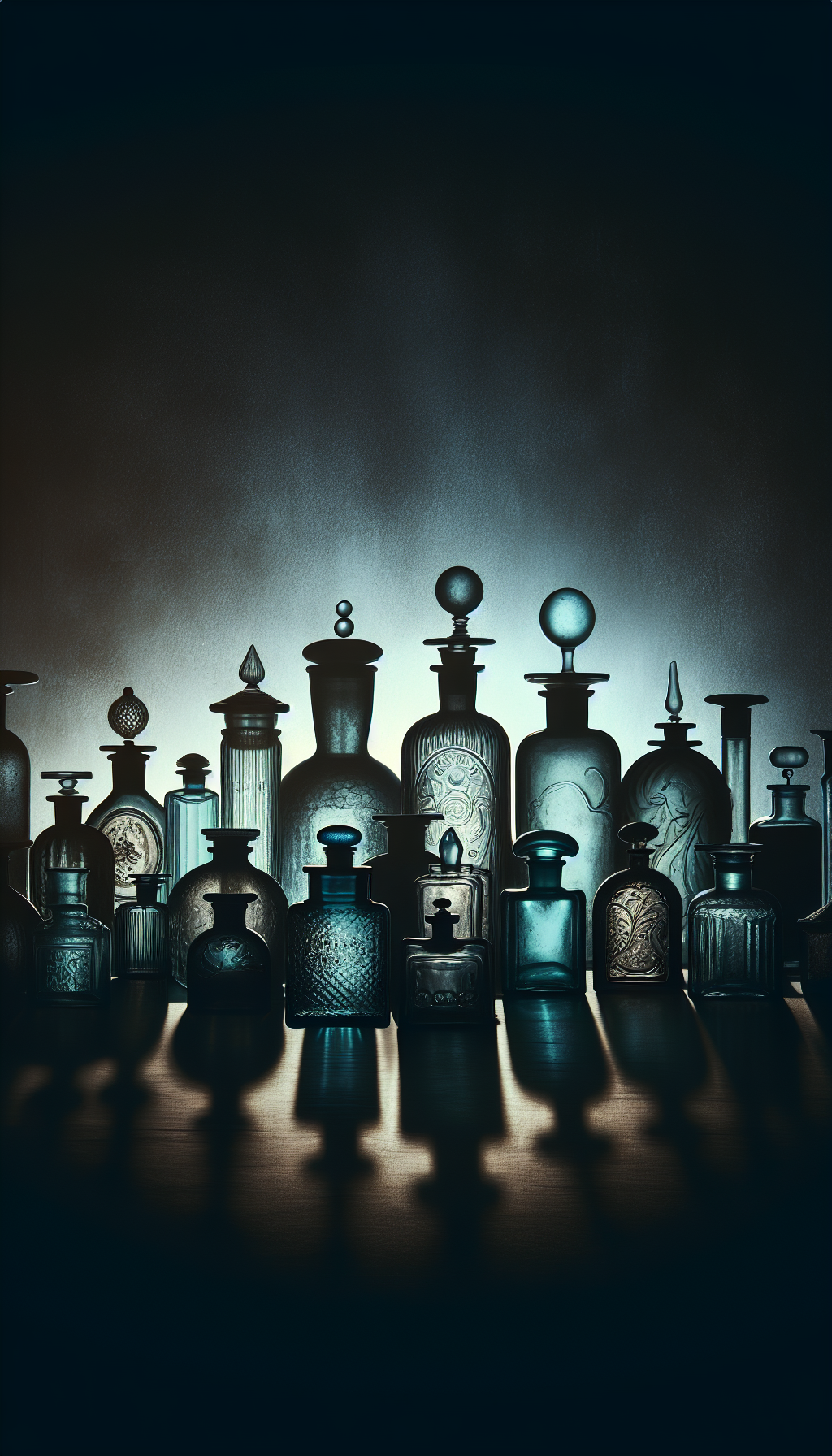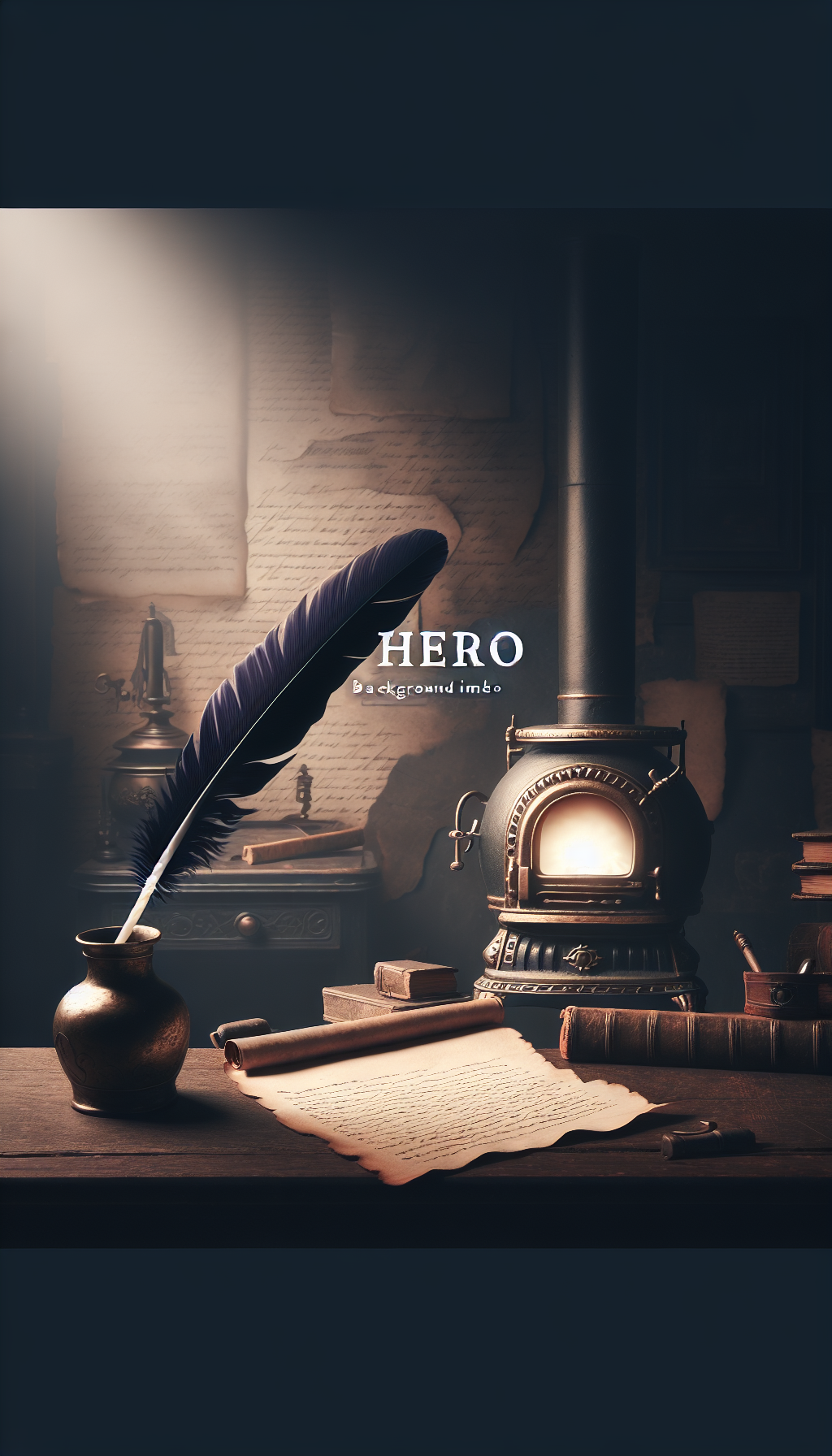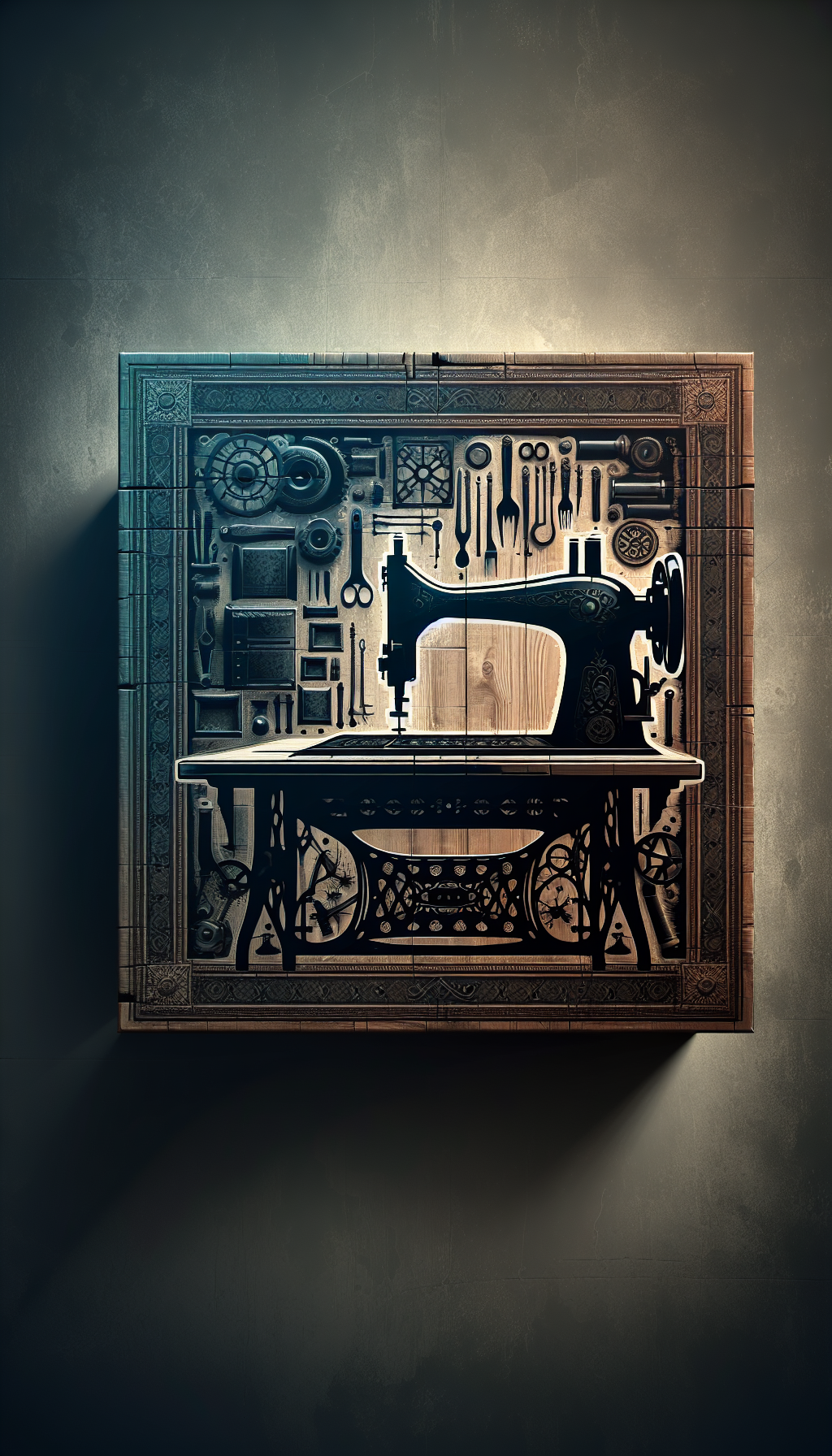Crique Bretonne Limited Edition Print By Guy Charon 1927 2021
Guy Charon (1927–2021) is remembered for vibrant, lyrical depictions of French towns, harbors, and countryside scenes. His limited edition prints circulate widely on the secondary market and are often appreciated for their cheerful palette and decorative appeal. Among the sought-after subjects is “Crique Bretonne” (Breton Cove), a composition that typically features a rocky shoreline, moored boats, and clustered cottages—an archetypal Charon motif blending coastal serenity with saturated color.
This guide provides a clear roadmap for identifying, authenticating, and evaluating a limited edition “Crique Bretonne,” with practical, collector-focused advice on condition, care, and current market expectations.
Guy Charon (1927–2021): Artist and market context
- Biography in brief: Guy Charon was a French painter and printmaker associated with the mid- to late-20th-century Parisian art scene. His oeuvre spans oils on canvas and numerous limited edition prints, most often color lithographs or serigraphs, portraying Montmartre street corners, Mediterranean and Breton ports, floral still lifes, and pastoral villages.
- Signature visual traits: Charon favored bright, harmonious color blocks, simplified architecture, and a convivial, sunlit atmosphere. Brushy textures in originals were translated into velvety color fields and crayon-like markings in lithography.
- Print-producing period: Many Charon limited editions appeared from the 1960s through the 1990s. “Crique Bretonne” is typical of this period and commonly encountered in limited editions marketed for home display.
- Market positioning: Charon sits in a popular “School of Paris” decorative tradition. His prints are broadly collected and frequently traded at regional auctions and online marketplaces. Value depends on medium (hand-pulled lithograph vs. offset), edition size, signature, condition, and presentation.
What to know about “Crique Bretonne”
- Subject: “Crique Bretonne” translates to “Breton Cove.” Expect a scenic inlet or rocky cove with boats and houses—colors skew toward warm reds, creams, and ochres contrasted with cooler marine tones.
- Media variants: The title can exist as:
- Original limited edition lithographs (hand-pulled at a lithographic press).
- Serigraphs (silkscreens).
- Offset lithographic reproductions (mechanically printed). Visual inspection is necessary to determine which you have.
- Common format: Many Charon limited editions are printed on quality rag papers such as Arches or Rives, often with a deckle (feathered) edge. Typical sheets are around 50 x 65 cm (roughly 19.7 x 25.6 inches), though dimensions vary. Always measure your sheet and image accurately to the millimeter.
- Margin inscriptions: French-printed editions frequently show:
- Pencil edition number at lower left (e.g., 125/250).
- Pencil title centered in the lower margin (e.g., Crique Bretonne).
- Pencil signature at lower right (often “G. Charon” or “Guy Charon”). A printed signature within the image is not the same as a hand signature.
Identification and authentication
Correctly identifying the medium and edition details underpins any reliable appraisal. Follow this sequence.
- Confirm hand signature and numbering
- Hand signature: Should be in soft graphite pencil at the lower right margin. Look for pressure variations and graphite sheen under angled light.
- Edition number: Pencil fraction at lower left (e.g., 87/250). Low numbers aren’t inherently more valuable, but a clearly defined edition size helps the market.
- Title: Often penciled at center; not present on all examples.
- Look for artist’s proofs and special inscriptions
- E.A. or EA (Épreuve d’Artiste) and A.P. (Artist’s Proof) denote proofs outside the numbered edition.
- H.C. (Hors Commerce) indicates prints not intended for sale; they appear on the market nonetheless.
- Proofs can command a modest premium, but condition and medium remain more influential.
- Determine the printing process
- Hand-pulled lithograph:
- Under 10x magnification, you should see non-mechanical, greasy-crayon textures and soft-edged color passages without a uniform dot matrix.
- Colors may overlap with slight, charming misregistration.
- Serigraph (silkscreen):
- Flat, opaque color layers; edges are crisp and slightly raised in heavier ink areas.
- Offset reproduction:
- Visible CMYK or rosette dot patterns under magnification.
- Colors look “printed” in tiny dots rather than laid down as continuous tones.
- Inspect the paper
- Watermark: Hold to light to check for “Arches,” “B.F.K. Rives,” or similar. Genuine limited editions often use such papers; offset posters may not.
- Deckle edges: A natural, feathery edge typically appears on one or more sides of fine rag sheets; machine-trimmed posters lack true deckles.
- Blind stamps: Some editions carry a publisher’s or atelier’s blind (embossed) stamp in the margin. Presence of a reputable publisher’s chop supports authenticity.
- Compare sizes and margins
- Note the exact image and sheet dimensions. Deviations can indicate trimming (which harms value), or a different printing (e.g., poster edition).
- Ensure evenly wide margins on all sides unless the edition is known to be full-bleed.
- Review provenance and framing history
- Receipts, gallery labels, and certificates from established galleries help. Mat window lines, tape residue, or acidic mats suggest older framing; document what you find.
- Document thoroughly
- Take high-resolution images: full front, the margins, signature, numbering, any blind stamps, watermark (shoot backlit), and the verso.
- Record measurements, inscriptions, and condition notes.
Practical checklist (print and use)
- Pencil signature lower right; pencil fraction lower left; pencil title center.
- Examine with 10x loupe: continuous tone vs. dot matrix (offset).
- Check paper: watermark, deckle edges, blind stamps.
- Measure sheet and image to confirm against known formats; look for trimming.
- Note edition type: numbered, E.A./A.P., or H.C.
- Photograph recto/verso, inscriptions, and any condition issues.
- Gather receipts, labels, and past appraisals.
Condition and conservation notes
Paper condition significantly affects value. Inspect in neutral daylight and under raking light.
Typical issues and their impact:
- Light staining and mat burn: Brown halo where an old mat overlapped the image. Expect a 10–30% reduction depending on severity and intrusiveness.
- Foxing: Rust-colored spots due to fungal activity/metallic impurities. If scattered but light and confined to margins, 10–20% reduction; in the image area or dense, 25–50%.
- Overall toning: Paper darkening from UV exposure or acidic storage; moderate toning can reduce value 15–35%.
- Handling creases and cockling: Shallow dents lower value slightly if not in the image; deep creases in the image can reduce value by 30–60%.
- Tears and losses: Edge tears within the margin are often repairable but still affect value (20–50%); losses into the image are more serious.
- Tape and adhesive stains: Old pressure-sensitive tape can bleed; brown staining is difficult to remove, often a 20–40% hit.
- Abrasion and scuffing: Can disturb ink layers and fibers; reduce accordingly based on visibility.
Conservation guidance:
- Do not attempt cleaning at home. A professional paper conservator can address foxing, surface dirt, minor tears, and mat burn through aqueous or localized treatments, mindful of fugitive inks.
- Frame to museum standards: 100% cotton or alpha-cellulose mat and backing, hinged with Japanese tissue and reversible wheat-starch paste. Use UV-filtering glazing and maintain an air gap between glazing and the sheet.
- Display out of direct sunlight, away from heat sources and humidity spikes. Ideal storage is flat in archival folders or boxes at stable temperature and humidity.
Market overview and value ranges
Because “Crique Bretonne” appears in multiple print forms, medium and condition drive price more than subject.
Generalized ranges as of recent trade patterns:
- Hand-signed, numbered limited edition lithograph or serigraph on fine paper, good condition:
- Auction: commonly in the mid-hundreds; roughly 200–700 USD equivalent, with stronger results for pristine examples and desirable sheet sizes.
- Retail gallery: often 500–1,500 USD, reflecting curation, framing quality, and overhead.
- Artist’s proofs (E.A./A.P.) and low edition sizes:
- Modest premium over the numbered edition if condition is equal.
- Offset lithographic reproductions or posters, even if “signed in the plate” (printed signature) and not hand-signed:
- Typically lower: 50–250 USD depending on scale, condition, and framing.
- Framing impact:
- High-quality archival framing can enhance retail appeal but does not fundamentally change appraised value; poor, acidic framing can hide problems and suppress value.
Edition size and publisher:
- Many Charon editions fall in the 150–300 range, but verify your fraction. Named publishers or Parisian ateliers with recognized blind stamps can help underpin confidence and pricing.
- Documentation (invoices, gallery COAs, or provenance labels) supports the upper end of typical ranges.
Comparative analysis tips:
- Look for sales of the same title, same medium, similar size. Note whether comparable examples were described as hand-signed and numbered on Arches/Rives, and whether a watermark or blind stamp was recorded.
- Adjust for condition differentials and currency. Beware of outlier retail “ask” prices; prioritize realized auction prices and respected dealer sales when available.
Selling channels:
- Auctions and specialized print dealers are best for documented, hand-signed limited editions in good condition.
- Local galleries and online marketplaces can be practical for decorative or offset examples; prices may vary widely with presentation and audience.
FAQ
Q: Is “Crique Bretonne” an original? A: The title exists in multiple print forms. An “original” in printmaking terms typically refers to a hand-pulled limited edition (e.g., lithograph or serigraph) conceived by the artist for that medium and hand-signed/numbered. Offset reproductions are mechanically printed and normally less valuable. Use a loupe, check for pencil signature and numbering, and look for quality paper and watermarks.
Q: What do E.A., A.P., and H.C. mean? A: E.A. (Épreuve d’Artiste) and A.P. (Artist’s Proof) are proofs outside the numbered edition, historically retained by the artist. H.C. (Hors Commerce) denotes impressions not intended for sale. These are often comparable in quality to the main edition and can carry a modest premium.
Q: How many were made? A: Edition sizes for Charon’s limited editions commonly range from roughly 150 to 300 impressions, but you must rely on the fraction inscribed on your sheet (e.g., 123/250) and any publisher documentation. Proofs (E.A./A.P./H.C.) are additional to the numbered run.
Q: Can foxing or mat burn be removed? A: In many cases, yes—by a trained paper conservator using appropriate, reversible treatments. DIY attempts risk staining, paper distortion, or ink solubility issues. Appraised value typically improves after professional conservation when results are demonstrably better.
Q: Does a printed signature count as “signed”? A: No. A printed or “in-plate” signature is part of the image and indicates a reproduction of the artist’s signature. Market-preferred examples are hand-signed in pencil in the lower margin, accompanied by an edition number.
If you’re evaluating a “Crique Bretonne” today, start with the medium and the margins: pencil signature, fraction, paper quality, and a close look under magnification. Document everything, compare to like-for-like sales, and weigh condition carefully. With accurate identification and proper care, a well-presented Charon limited edition remains a bright, accessible entry point into 20th-century French print collecting.



